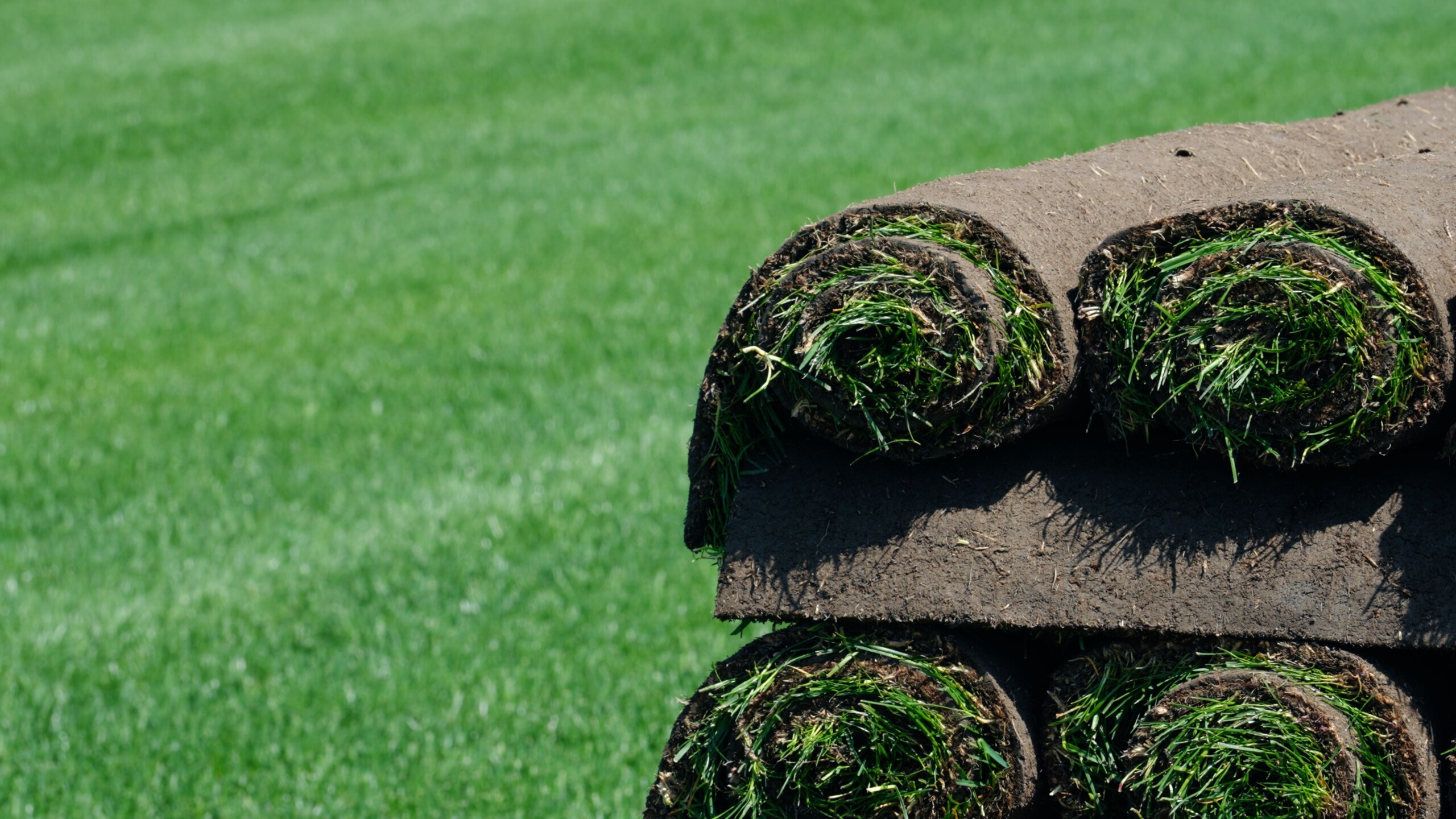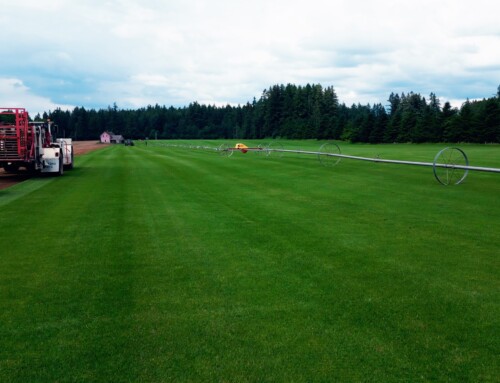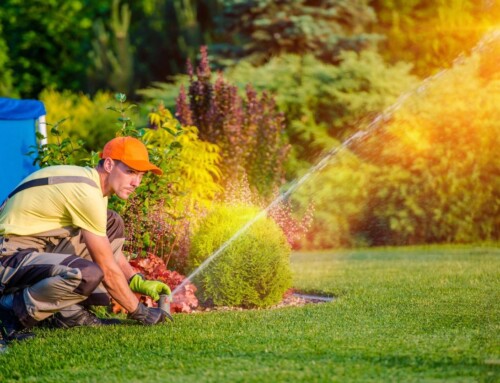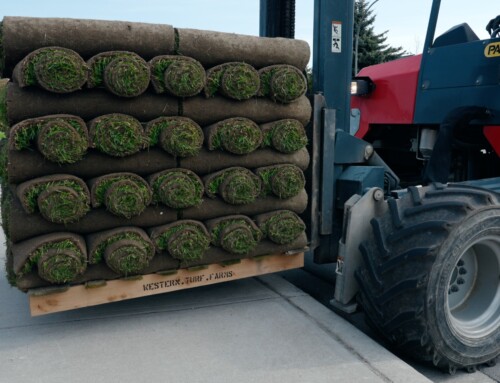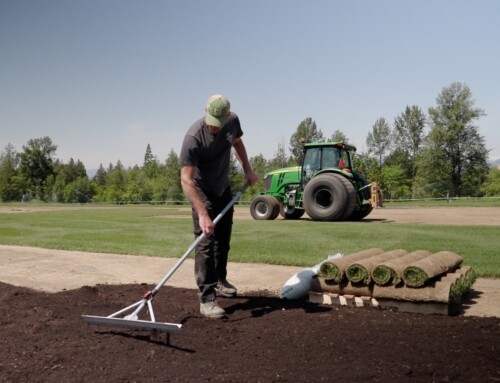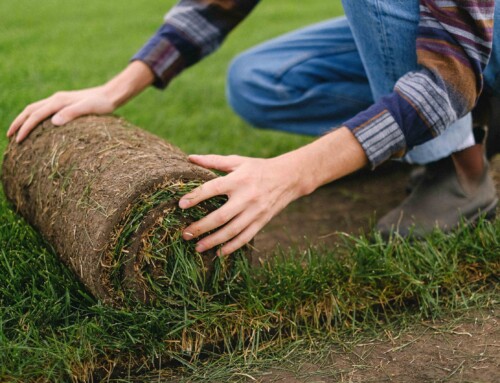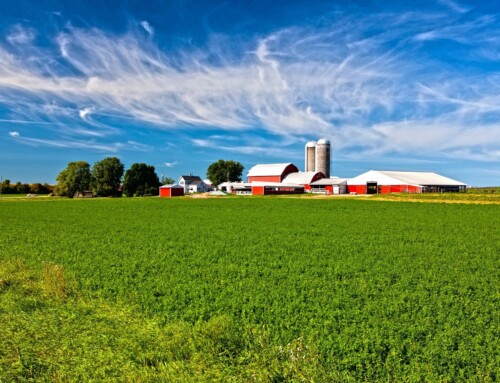Most homeowners would say that they want a lush, green lawn to enhance the aesthetic appeal of their property. Some take great pride in caring for their lawn and making it the best it can be, while others look for ways to simplify the process and reduce the amount of maintenance required. As a result, artificial turf has gained popularity as an alternative to natural grass.
What is involved in choosing artificial turf and is it the solution that you are hoping for? What are the drawbacks and considerations to be aware of? Keep reading to find out.
Types of Artificial Turf
Just as there are many varieties of grass, there are different types of artificial turf, each with its own advantages and disadvantages. Your choice of material will depend on your goals for your lawn.
· Polyethylene
This is a common material for artificial turf, providing a natural appearance and soft texture. Its ability to replicate the feel of real grass has made it a popular choice for play areas and those who enjoy being in their yard without shoes. It is highly resistant to water absorption, which is advantageous for pet owners, as it will not keep animal odours. Notable drawbacks include a higher price and lower durability than other options. It is prone to wear and tear over time, which is a consideration given that it appeals to those who tend to be more active on their lawns.
· Polypropylene
This synthetic material is another popular choice, known for its affordability but where it offers a more economical option, it is less durable than polyethylene. It is not the best choice for areas that receive a lot of direct sunlight, as it is susceptible to UV rays, causing it to fade and degrade over time. This may be a good choice if you are budget-conscious, or for use in shaded areas with minimal foot traffic.
· Nylon
The most durable option, nylon offers excellent resilience and is able to withstand intense weather and heavy foot traffic. While it can be an excellent choice for longevity, its higher price may make the initial upfront investment a concern.
Advantages of Artificial Turf
For those with limited free time or those who seek to perform minimal maintenance, artificial turf provides a lawn that doesn’t need mowing or watering. Even during the driest periods of the summer, your lawn will remain green and healthy-looking.
Disadvantages of Artificial Turf
Artificial turf does have its appeal, but it also comes with drawbacks, particularly as relates to the environment, as it is non-biodegradable. This makes it a concern during disposal. It also comes with a higher installation cost and higher replacement cost. Saving money on a less expensive material can mean it feels less like real grass underfoot. It may also experience fading and degradation over time.
Considerations When Choosing Artificial Turf
Materials come in varying degrees of softness and durability and as the above paragraphs suggest, your budget, climate, and intended use all play a factor in determining which is the best artificial turf for you. If your lawn sees a great deal of activity, you will need to factor in the cost of potential repairs and replacement.
Creating a Long-lasting Lawn by Making the Right Choice
Artificial turf can be an appealing option, and depending on your individual circumstances may serve you well. For a natural and enduring solution, however, consider laying new sod.
Sod provides instant coverage, which is a significant advantage over seeding, along with reduced erosion, enhanced soil structure, and resistance to pests and disease. Choosing sod provides an environmental advantage over artificial turf and can give you a vibrant, healthy lawn for many years to come, as seen here.
Expert Insight from Western Turf Farms
For more information on how sod can provide you with the lawn you’ve always wanted, contact us today and we will happily answer all your questions. Western Turf Farms can provide you with invaluable insight into selecting, installing, and maintaining the perfect lawn top to enhance your outdoor spaces.

